Home>Ideas and Tips>Butterfly-Friendly Plants For Your Garden Sanctuary
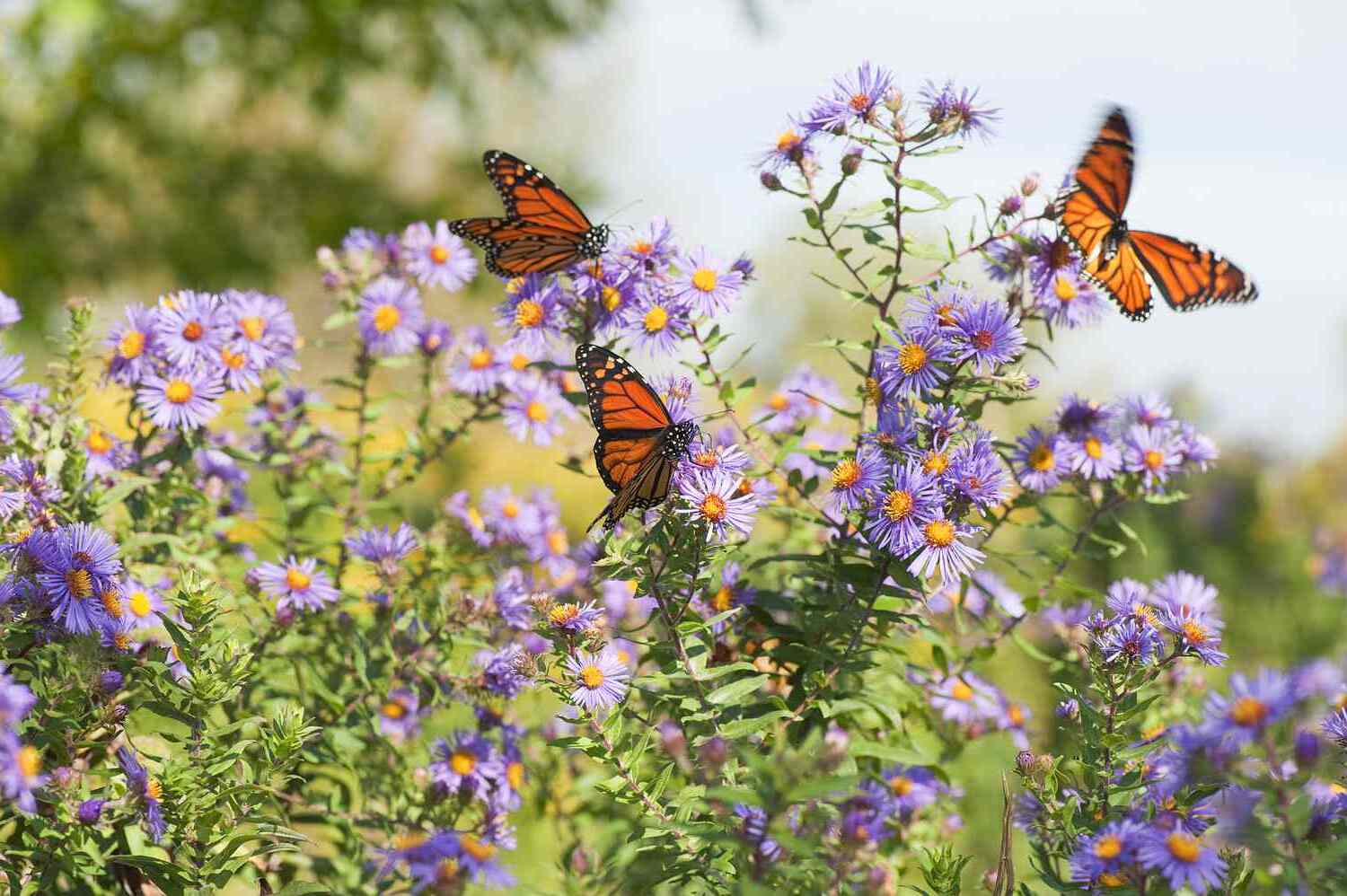

Ideas and Tips
Butterfly-Friendly Plants For Your Garden Sanctuary
Modified: October 27, 2024
Create a butterfly sanctuary with these plants. Learn how to attract and support butterflies in your garden with our comprehensive guide.
(Many of the links in this article redirect to a specific reviewed product. Your purchase of these products through affiliate links helps to generate commission for Storables.com, at no extra cost. Learn more)
Creating a butterfly garden is not just about adding some colorful flowers to your yard; it's about creating a sanctuary that supports the life cycle of these beautiful insects. Butterflies play a crucial role in pollination and are an integral part of our ecosystem. However, their populations have been declining due to habitat loss and other environmental factors. By planting butterfly-friendly plants in your garden, you can help support these magnificent creatures and contribute to their conservation.
Understanding Butterfly Needs
Before we dive into the plants, it's essential to understand what butterflies need to thrive. Here are some key points:
- Food Sources: Adult butterflies rely solely on liquid food sources, such as nectar from flowers, tree sap, pollen, fallen fruit, and animal dung. They drink through a long tubular tongue that uncoils to sip liquid from these sources.
- Host Plants: Butterfly larvae have chewing mouth parts and feed on leafy food plants such as milkweed foliage, parsley, and fennel. These plants provide the necessary nutrients for the caterpillars to grow and develop.
- Shelter: Butterflies need shelter from wind and rain. They seek out natural areas such as dense shrubs or trees where they can roost at night or hide from predators.
- Water: Shallow puddles or moist sandy areas are preferred water sources for butterflies. These areas provide salts and essential minerals that butterflies need.
Selecting Butterfly-Friendly Plants
When selecting plants for your butterfly garden, it's crucial to choose varieties that support both adult butterflies and their larvae. Here are some guidelines:
- Nectar Plants vs. Caterpillar Host Plants: Include plants that will support butterflies throughout their life cycle. Nectar plants offer food and energy for adults, while the leaves of larval plants provide necessary food for growing caterpillars.
- Plant Diversity: Choose a mix of trees, shrubs, perennials, and annuals. Create layers for butterflies to discover nectar sources at different levels. Some butterflies seek out nectar higher up, while others prefer to feed closer to the ground.
- Native Plants: Include varieties that are native to your particular region. These plants are more likely to be what butterflies are accustomed to feeding on.
- Continuous Bloom: Choose flowering plants that bloom at different times throughout the growing season, especially in mid to late summer when butterflies are most active. Include fall bloomers such as aster, goldenrod, and Joe Pye weed to support migrating monarch butterflies.
Popular Butterfly-Friendly Plants
Here are some popular plants that attract butterflies and support their life cycle:
1. Aster (Symphotrichum)
Aster is a North American native that is a host plant for painted crescent and pearl crescent butterflies. The prolific daisy-like blooms are an essential late-season food source for migrating monarchs. Buckeyes, skippers, admirals, and painted ladies also love the flowers.
2. Bee Balm (Monarda)
Bee balm has tubular nectar-rich flowers that are a food source for a wide range of pollinating insects and butterflies, including checkered white, silver-spotted skipper, swallowtails, and fritillaries. It grows in most regions and is virtually care-free.
3. Butterfly Bush (Buddleia)
Butterfly bush is one of the best flowering plants for attracting a wide range of butterflies. It blooms continuously during the time of year when adults are most active, attracting cabbage white, monarch, red admiral, skippers, and swallowtails.
4. Lantana / Shrub Verbena (Lantana)
Lantana is another excellent choice for attracting butterflies. It blooms continuously from planting to frost and attracts cabbage white, monarch, red admiral, skippers, and swallowtails.
5. Lavender (Lavandula)
Lavender has spiky aromatic flowers that are a favorite summertime food source for adult butterflies, including cabbage white, hairstreak, monarch, sachem, and silver-spotted skipper.
6. Milkweed, Butterfly Weed (Asclepias)
Milkweed is one of the most essential butterfly plants. It is the sole food source for monarch larvae and provides a way station for these endangered migratory butterflies. Dozens of other species including various types of swallowtails, fritillaries, skippers, and admirals are also attracted to the colorful flowers.
7. Snapdragon (Antirrhinum majus)
Snapdragon is a popular cottage garden variety that is a host plant for various butterfly species. It provides nectar for adult butterflies and serves as a food source for caterpillars.
Creating a Butterfly Garden
Creating a butterfly garden involves more than just planting the right flowers. Here are some steps to help you design and maintain a thriving butterfly sanctuary:
1. Make a Plan
Determine which species you want to attract and are most likely to be in your area. Make a list of plants that will support those particular butterflies. Choose a suitable area of your yard and draw a rough sketch that includes the basic components that butterflies need.
Read more: How To Attract Butterflies To Your Garden
2. Provide Food
Adult butterflies rely solely on liquid food sources. Plant nectar-rich flowers like those mentioned above. Butterfly larvae have chewing mouth parts and feed on leafy food plants such as milkweed foliage, parsley, and fennel.
3. Create Shelter
To protect butterflies, site trees and shrubs where they will provide a windbreak and a place out of the rain. These plants will also give places for butterflies to roost at night or hide from predators. Another source of shelter is a log pile, which can be hidden out of sight in a secluded corner of the yard.
4. Offer Water
Shallow puddles or moist sandy areas are preferred water sources for butterflies. Set out a birdbath or plant saucer filled with water and rocks where butterflies can perch. Place in a visible spot and change water frequently.
5. Keep it Sunny
Butterflies are cold-blooded insects that will be less active on colder mornings. Locate your butterfly garden in a part of your yard that receives at least 6 hours of sun each day. Make sure there’s a spot where sunlight hits early in the day so butterflies can warm up quickly. Pavement, rocks, or exposed soil will absorb heat, providing additional warmth.
Read more: Creating A Butterfly Garden In Your Backyard
6. Plant in Drifts
Group the same plants in drifts of 3-5 so that butterflies can more easily spot the larger swaths of color. This will also create a visually appealing landscape.
7. Go Organic
Don’t use chemical fertilizers or pesticides, as they can harm butterflies and other wildlife. Instead, opt for organic gardening practices that promote a healthy ecosystem.
Additional Tips
Provide Flowers of Varying Heights
In addition to a variety of colors, include plants of differing heights to attract more butterflies. Some butterflies seek tall flowers like Joe Pye weed and honeysuckle vines, while others prefer flowers closer to the ground, like lavender, dianthus, and asters.
Include Butterfly Shelter Areas
Butterflies need shelter from wind and rain but will seek out natural areas such as dense shrubs or trees where they can roost at night or hide from predators. Another source of shelter is a log pile, which can be hidden out of sight in a secluded corner of the yard.
Choose a Sunny Location
A spot that is very sunny, especially in the morning, is important for a butterfly garden. Butterflies require between 6 to 8 hours of full sun to thrive. They are cold-blooded creatures that prefer to feed when the sun is out and bask in the morning sun to warm up their wings and bodies for flight.
Conclusion
Creating a butterfly garden is not just about planting flowers; it's about creating a sanctuary that supports the life cycle of these magnificent creatures. By understanding their needs and selecting the right plants, you can help support butterfly populations and contribute to their conservation. Remember to provide food sources, shelter, water, and a sunny location for your butterflies. With these tips and the right plants, you can create a beautiful and thriving butterfly garden that will attract these beautiful winged insects for years to come.
By following these guidelines and tips, you can create a butterfly-friendly garden that not only adds beauty to your yard but also supports the local butterfly population. Whether you have a small window box or a large backyard, every garden can be transformed into a sanctuary for these incredible insects. So go ahead, plant those butterfly-friendly flowers, and watch as these beautiful creatures flit about your garden, enjoying the nectar and shelter you've provided.
Was this page helpful?
At Storables.com, we guarantee accurate and reliable information. Our content, validated by Expert Board Contributors, is crafted following stringent Editorial Policies. We're committed to providing you with well-researched, expert-backed insights for all your informational needs.
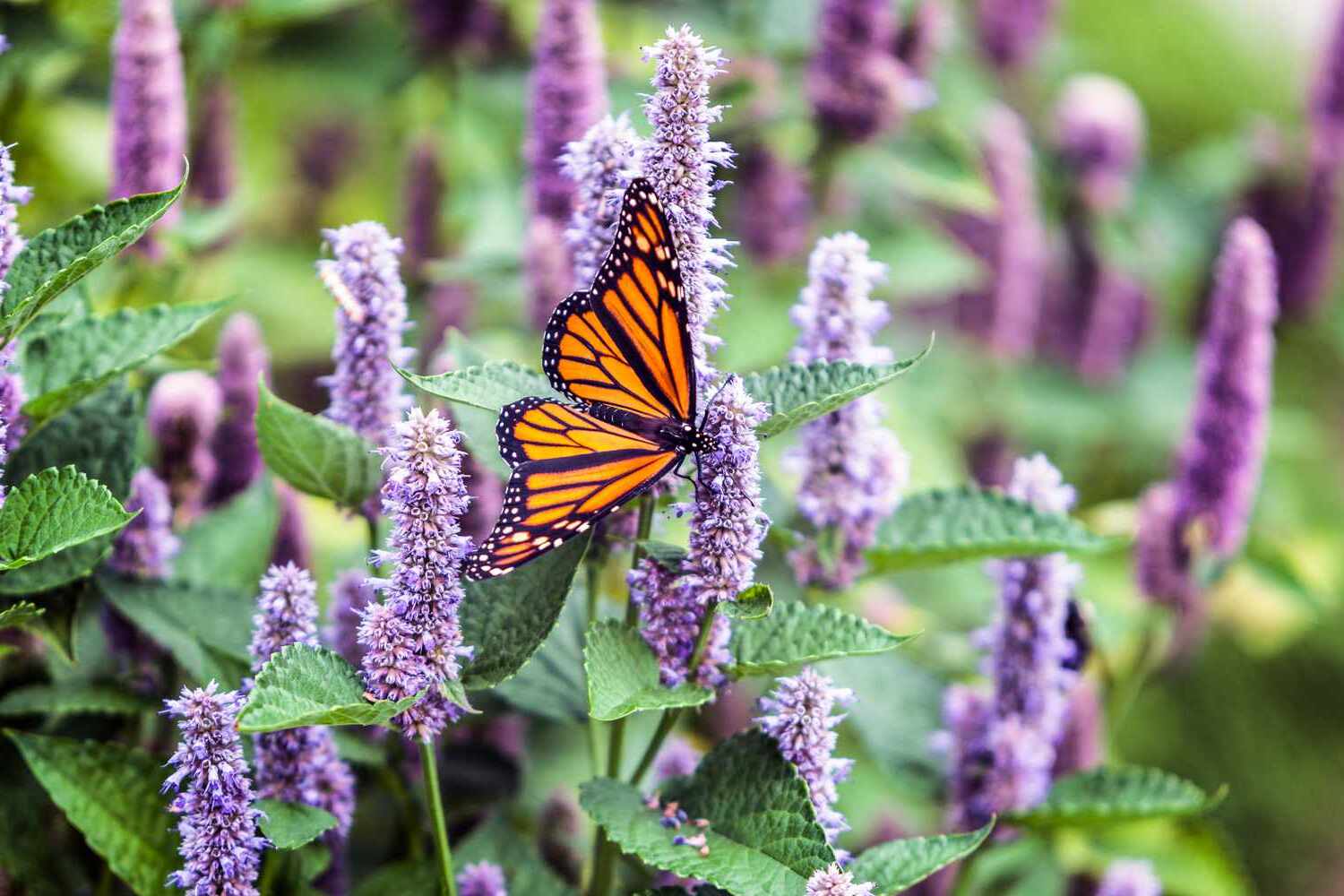
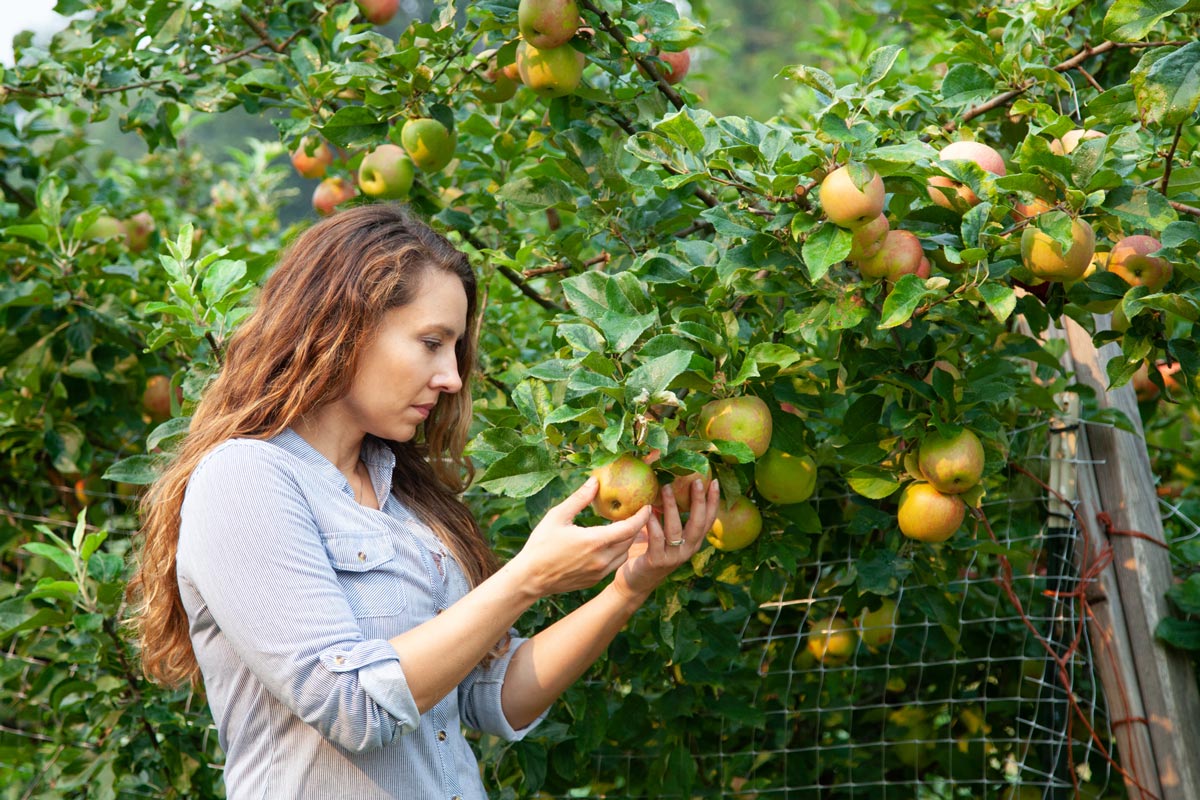
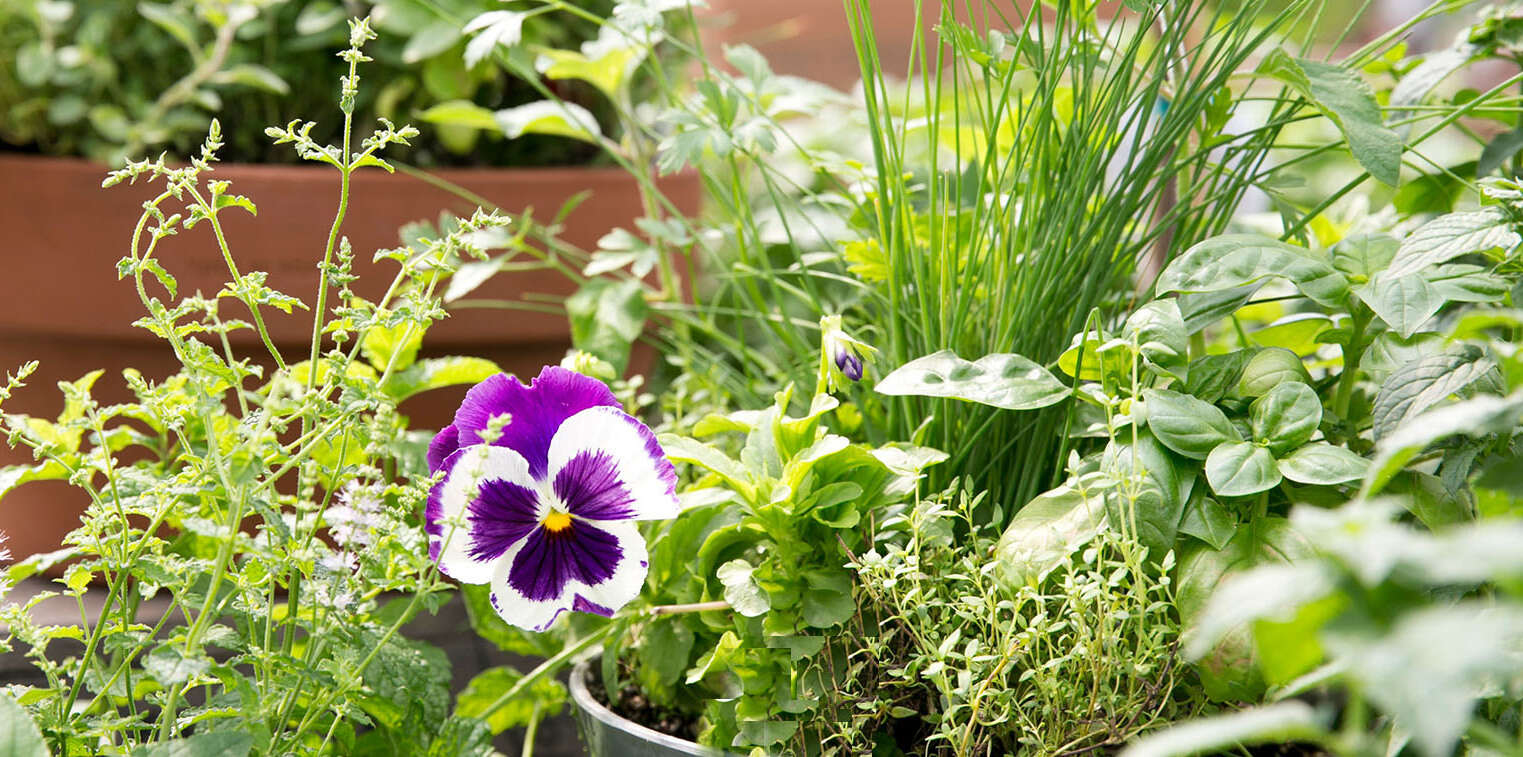
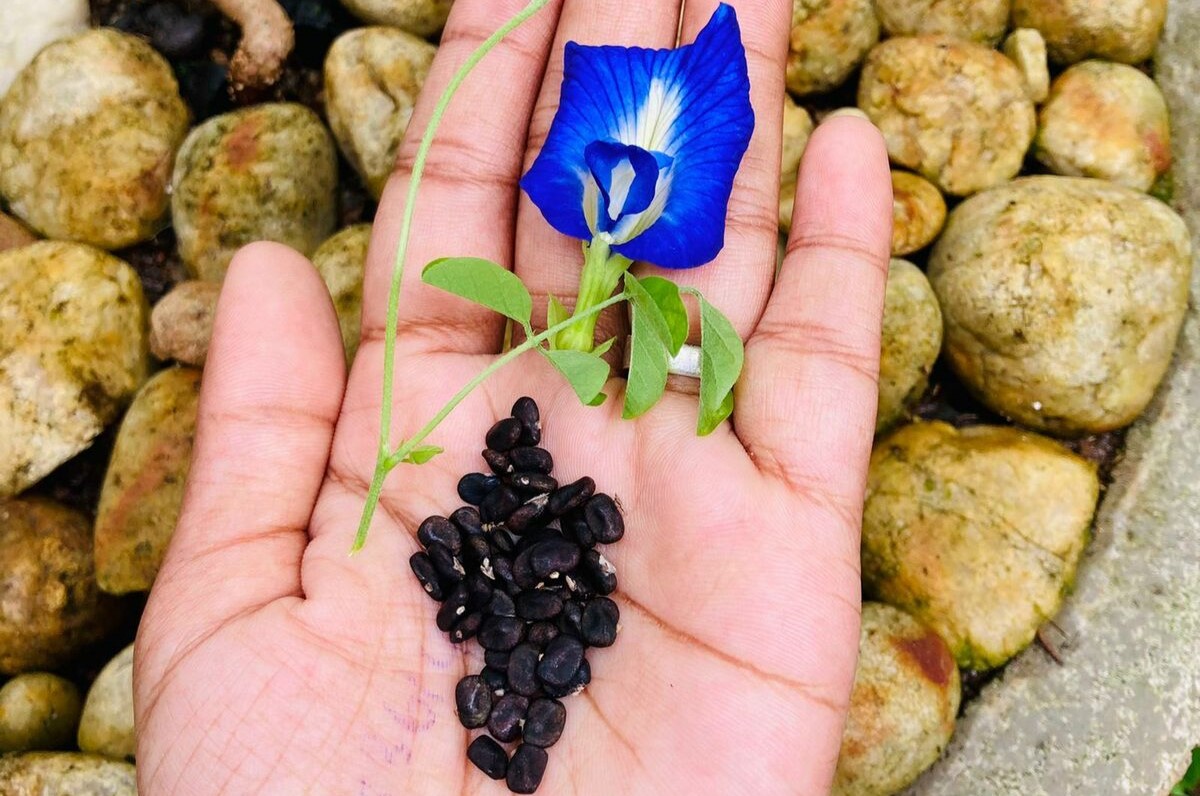
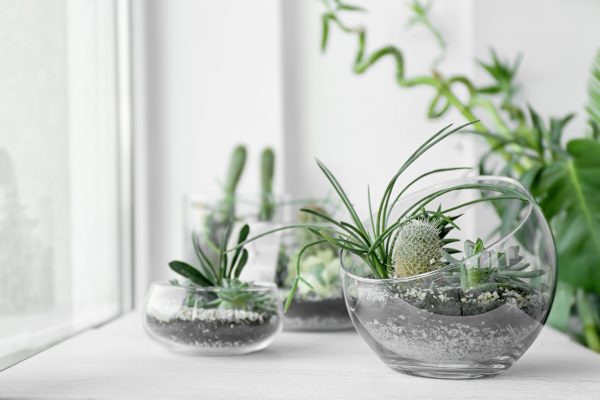
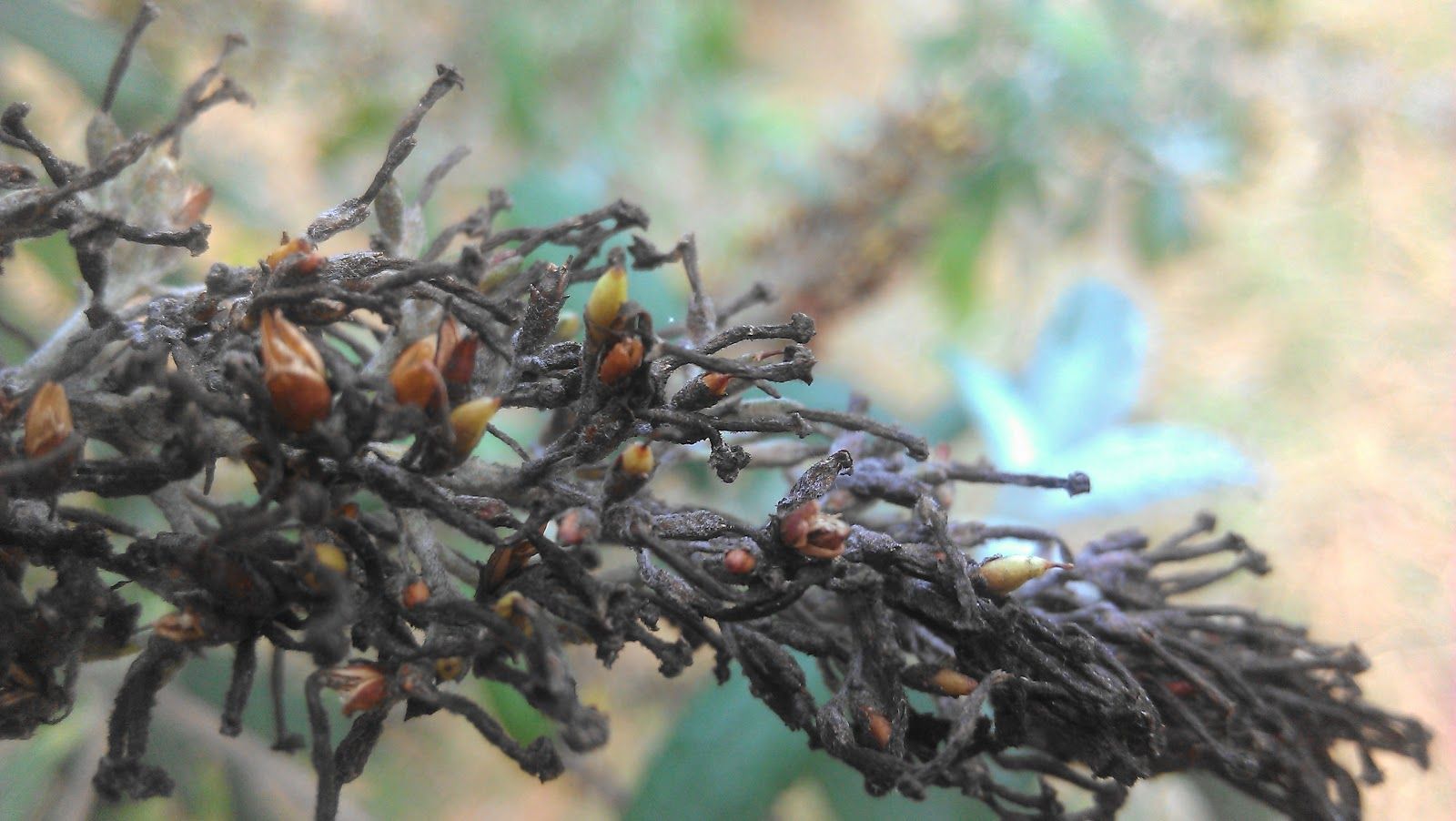

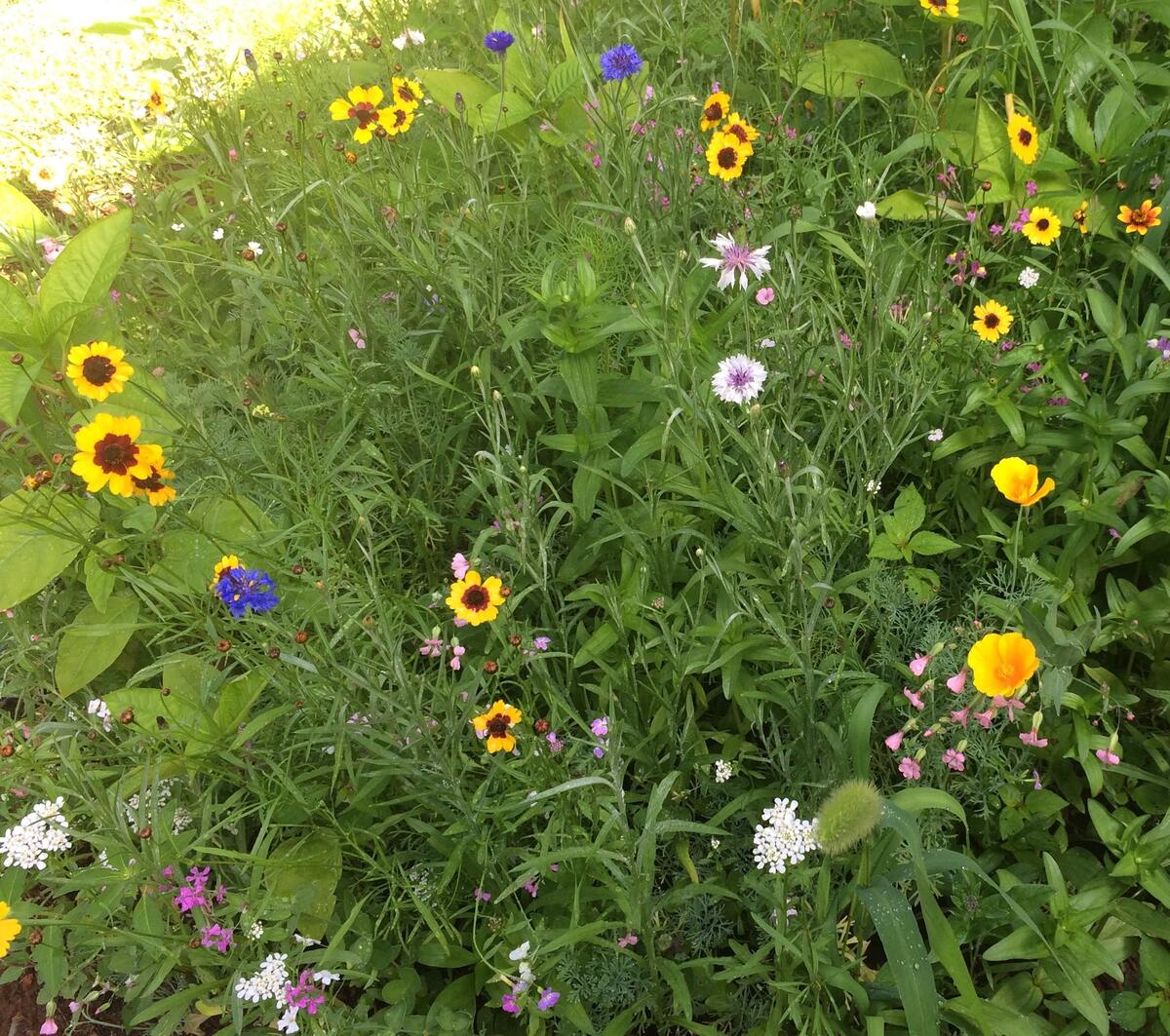
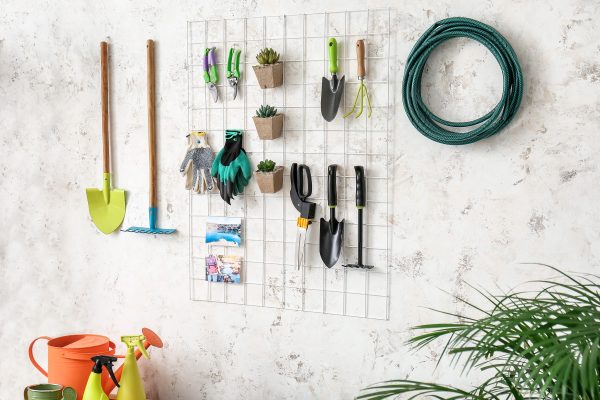
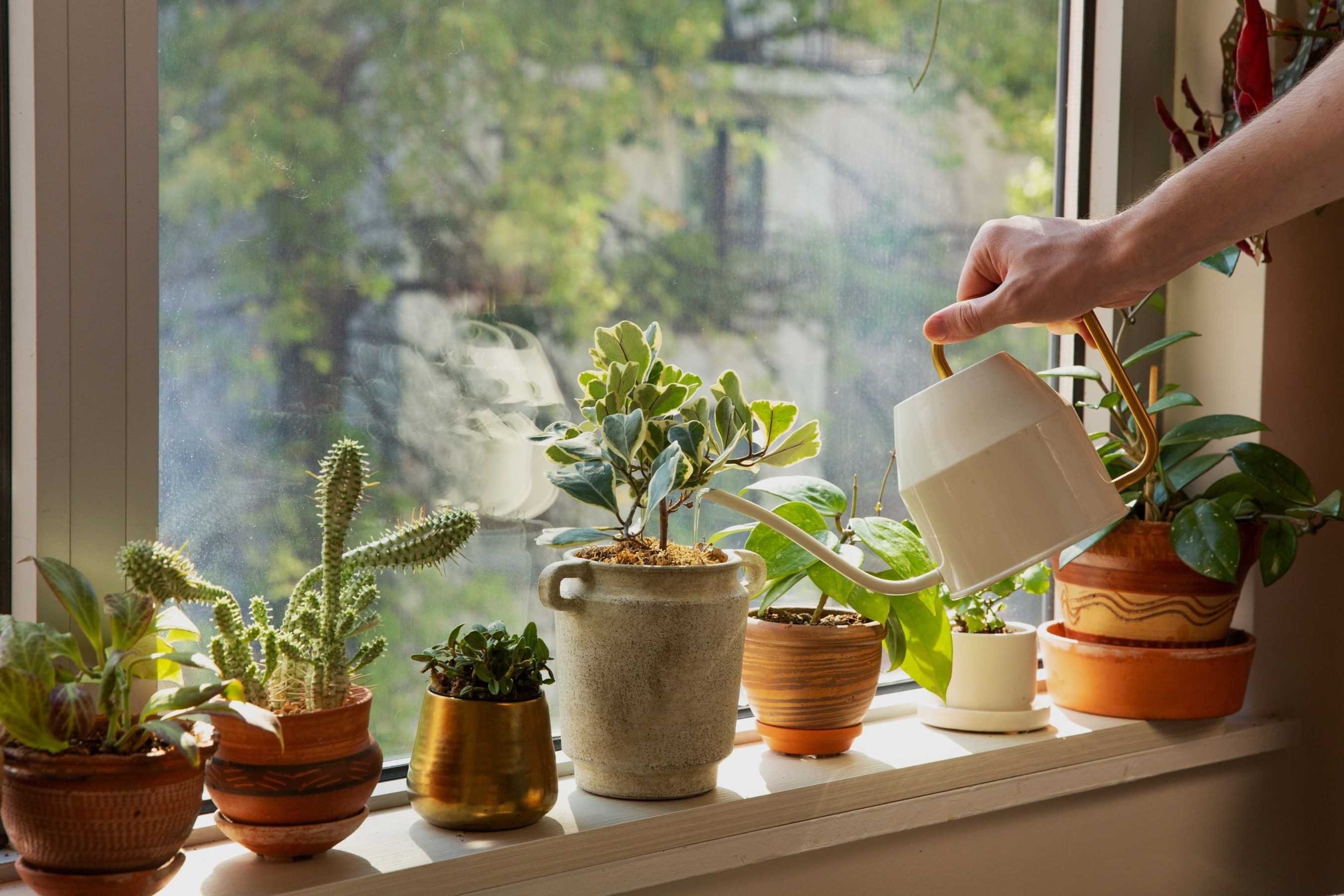
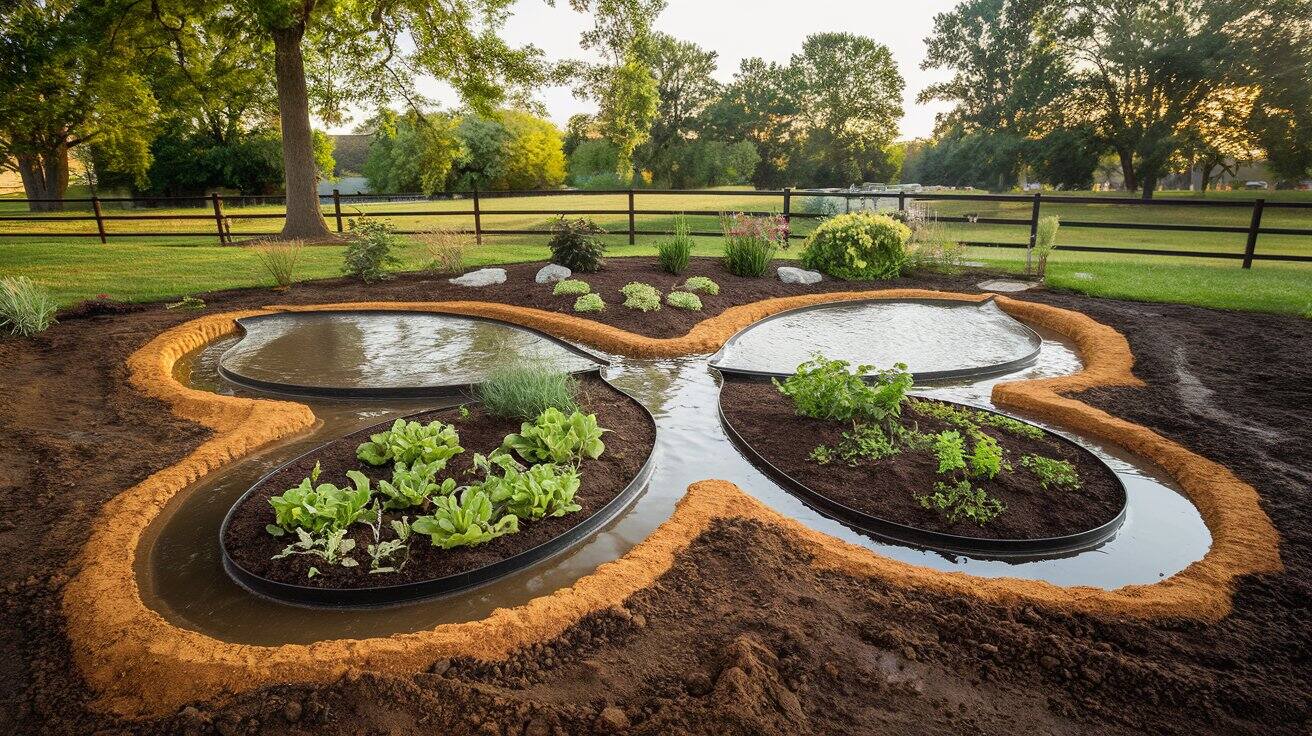
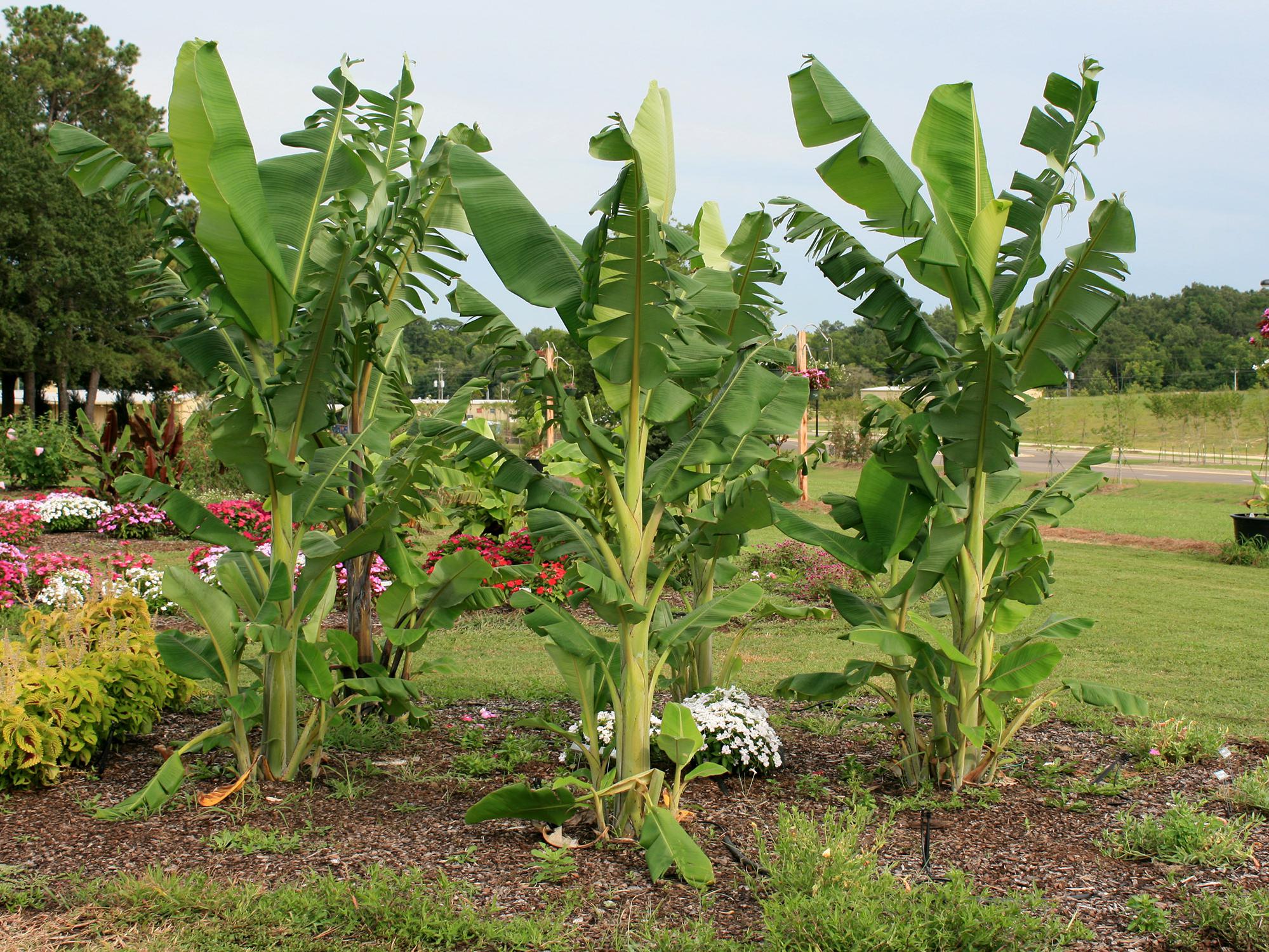

0 thoughts on “Butterfly-Friendly Plants For Your Garden Sanctuary”